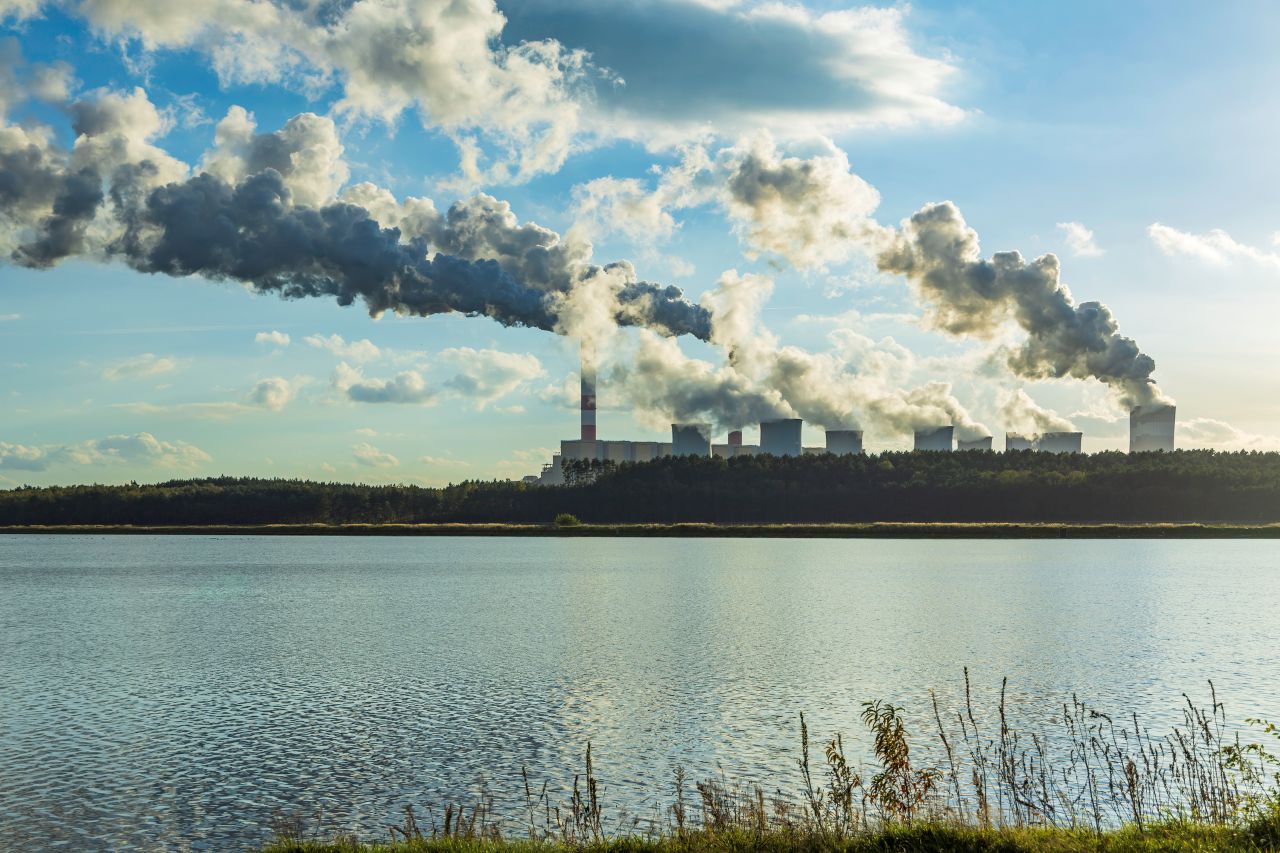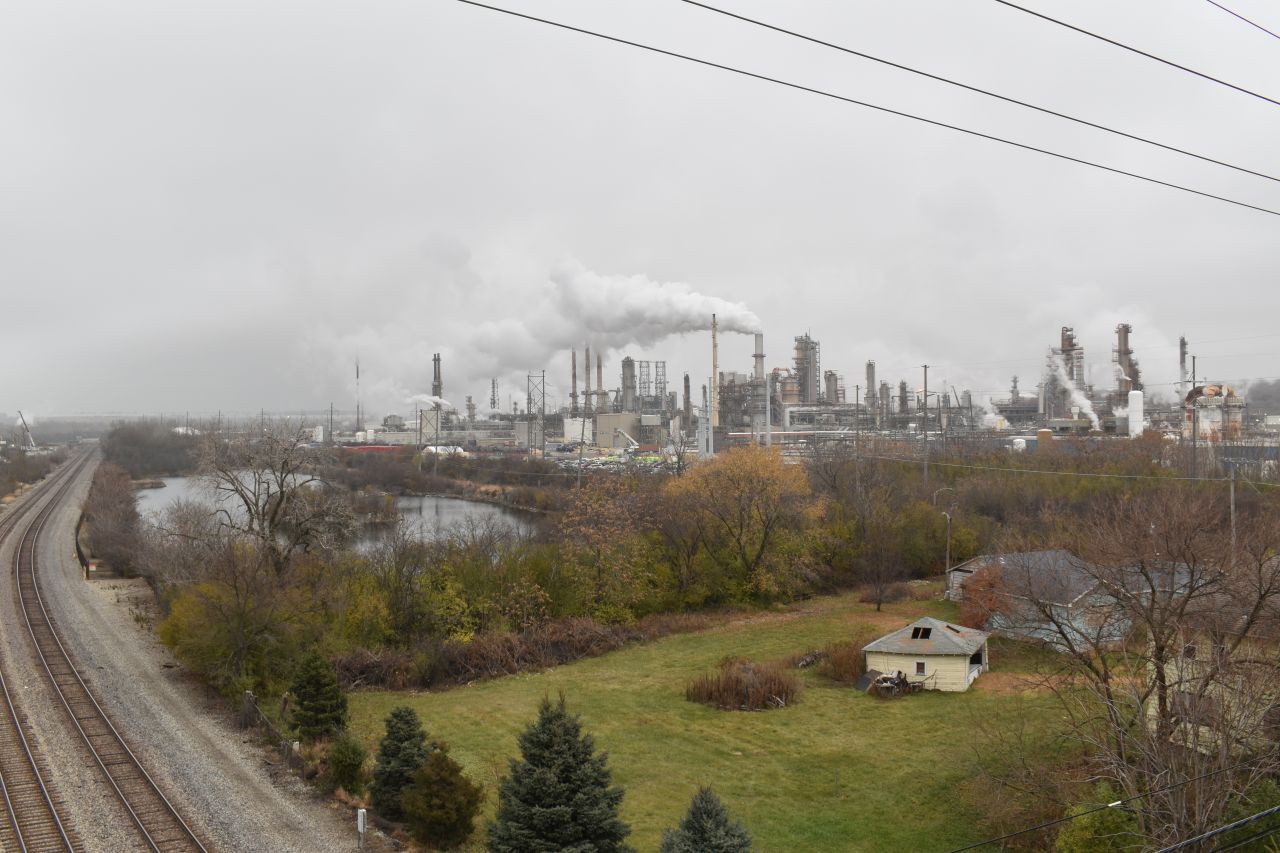Biden’s LNG pause won’t slow the flow of U.S. natural gas abroad

The Biden Administration’s recent decision to pause new approvals of liquefied natural gas (LNG) export terminals will not stop the rapid growth of the industry, despite heated claims by both environmentalists and oil and gas advocates.
The pause will not block exports from the seven LNG terminals currently exporting from the U.S., nor the 16 projects that have already been authorized or are under construction—including 12 new terminals and four major expansions at existing plants.
But the buildout of the LNG industry will have a big impact on consumer prices and hurt American business, according to a letter of protest sent by a group that advocates for American industry to the Biden Administration the day before the White House’s January 26 announcement. And the continued construction of LNG export terminals will also gobble up America’s strategic reserve of gas and domestic pipeline capacity, said the letter from the Industrial Energy Consumers of America.
“It is ironic that while LNG exports decrease U.S. consumers’ reliability, it gives LNG buying countries guaranteed access and reliability of natural gas under contracts for as long as 20 years,” the Industrial Energy Consumers of America wrote. “The LNG terminals also lock up dwindling natural gas pipeline capacity with the backing of these contracts, thereby reducing pipeline capacity that is available to U.S. consumers.”
The trade group pointed out that the Department of Energy has already approved 43.4 billion cubic feet per day of natural gas exports to foreign countries, which is more than half of the U.S. natural gas supply (54 percent, calculated with 2022 numbers.)
The Biden Administration announced “a temporary pause” in new permit approvals for future LNG terminals. “President Biden has been clear that climate change is the existential threat of our time – and we must act with the urgency it demands to protect the future for generations to come,” the White House announcement said.
The pause only applies to LNG projects that have not already been approved by the U.S. Department of Energy and only affects exports to countries with which the U.S. has not signed a free trade agreement, which governs the exchange of goods between nations. The U.S. has such agreements with 20 countries, including Canada, Mexico, much of Latin America, South Korea, Israel, Jordan, Morocco, Oman, Bahrain, and Singapore. The U.S. is not pausing approvals of LNG exports to these countries.
Despite the announcement, the U.S. will continue exporting record volumes of natural gas. The U.S. has been the world’s largest producer of natural gas since 2009 and last year became the top exporter of the fuel.
The U.S. is currently capable of exporting over 5,200 billion cubic feet of LNG per year from its seven existing terminals, with an additional 4,000 billion cubic feet per year of liquefaction capacity currently under construction and another 6,000 billion cubic feet per year already approved for export, according to public records available on Oil & Gas Watch.
This combined 15,200 billion cubic feet per year of liquefaction capacity would still be capable of meeting more than half of forecasted global LNG demand in 2030 of nearly 28,000 billion cubic feet per year.
“This is very much a far-end-of-the-curve issue, with projects set to come online in the near-term largely unaffected,” said Samuel Good, an LNG editor with commodities intelligence firm Argus Media.
The pause could potentially affect 17 future LNG projects in the U.S. that have been proposed but do not yet have export approvals. However, the fate of most of these are unclear because they export both to countries with free-trade agreements with the U.S. (which are exempt from the White House action) and without the trade agreements, according to records compiled on Oil & Gas Watch.
Good said that “it’s difficult to say” how many of these projects would have reached a final commitment from investors and actually been built. Figures on how much total U.S. LNG export capacity is affected by Biden’s decision are “misleading given the high likelihood that some would never have come online anyway,” Good said.
Giles Farrer, head of gas research at energy consultancy Wood Mackenzie, said: “The decision will not affect our forecast for U.S. LNG exports out to 2028. But after that it could affect the trajectory and pace of the sector’s growth.”
However, that’s a bit speculative – given that 12 new LNG terminals have been permitted for construction in the U.S. alone, along with four major expansions. And that’s not even taking into account international growth.
One of the several LNG projects in the U.S. that will continue, despite the Biden Administration’s pause, is Texas LNG in Cameron County, Texas, at the state’s southern tip. On Jan. 25, the facility received permits for construction in wetlands and waterways only a mile from the proposed Rio Grande LNG terminal. Both facilities already have export approval.
A spokesperson for LNG exporter Cheniere, which is planning multiple expansions at its terminals in Corpus Christi, Texas, and Sabine Pass, Louisiana, told the Corpus Christi Caller-Times “that we expect this pause to have no impact on the overall timelines for our expansion projects.”
The White House has also said that the pause will not disrupt flows of U.S. gas to Europe, where the 2021 Ukraine invasion sparked a need for alternative to Russian gas. Half of U.S. LNG exports went to Europe last year. However, Eurogas, a trade association representing the natural gas industry in Europe, warned the pause would “risk increasing and prolonging the global supply imbalance” and “would inevitably prolong the period of price volatility in Europe and could lead to price increases.”
Many energy experts say the increased competition between domestic consumers and foreign LNG purchasers has increased gas costs to U.S. households. According to a Jan. 29 analysis by the Institute for Energy Economics and Fiscal Analysis, U.S. consumers paid $100 billion more for natural gas over a 16-month period from 2021 to 2022 than they would have paid if not for exports.
The delay will not stop climate pollution and worsening local air quality caused by existing export terminals. According to data compiled in the Oil & Gas Watch database, plants already operating, under construction, and approved by government regulators are capable of emitting at least 87.8 million tons of greenhouse gases every year, approximately equivalent to emissions from more than 17 million vehicles or more than 10 million homes. These terminals are also responsible for thousands of tons per year of smog-forming nitrogen oxides and volatile organic compounds.
LNG terminals also present a risk of fires and other disasters, like in June 2022 when Freeport LNG southeast of Houston exploded in a giant fireball, shutting the facility down for months.
“I hope that this pause is the first of many steps the administration takes in making sure no other LNG terminal gets built,” said Melanie Oldham, an environmental justice advocate in Freeport, Texas. “However, the fight is not over. Freeport LNG continues to operate recklessly in my town, and we will not stop until they shut it down.”
The Department of Energy announced that it is conducting an update of proposed new LNG facilities, centering on whether a new export facility is in the “public interest” and therefore should be allowed to proceed. The department’s current economic and environmental analyses are “roughly five years old and no longer adequately account for consideration like potential energy cost increases for American consumers and manufacturers … or the latest assessment of the impact of greenhouse gas emissions,” the White House stated in a Jan. 26 announcement.
As it conducts its update, the department will use the “most complete, updated, and robust analysis possible,” factoring in market conditions, national security, the amount of gas bound for export versus domestic use. It will also examine greenhouse gas emissions of both carbon dioxide – released during the burning of natural gas – and leaks of methane from drilling sites, pipelines, storage tanks, and other facilities, the Energy Department said.
Frontline groups in LNG export hubs, including the Gulf Coast of Southeast Texas and Southwest Louisiana, largely applauded the Biden Administration’s decision. James Hiatt, a former oil and gas worker who left the industry and founded advocacy group For a Better Bayou, said the Energy Department has “finally heard the wake-up call.”
“These gas export terminals … are not just an environmental threat; they're an economic burden on American families,” Hiatt said. “It's time to really assess our priorities and consider the wider implications of these projects.”
For years, advocates have pushed their representatives for a update to the federal government’s review of whether exports benefit the public. A group of 65 members of Congress, led by Democratic Sen. Jeff Merkley, signed a letter Nov. 14 urging the Department of Energy to update its analyses of LNG exports.
The Energy Department “has never rejected an LNG export application on the basis of adverse impacts to the American people, and we urge [the department] to consider at what point additional export licenses are no longer consistent with the public interest,” the letter states.
Research Manager Alexandra Shaykevich contributed to this article.
Lead photos: An LNG tanker off the coast of Spain's Canary Islands. Photo by iStockphoto.















